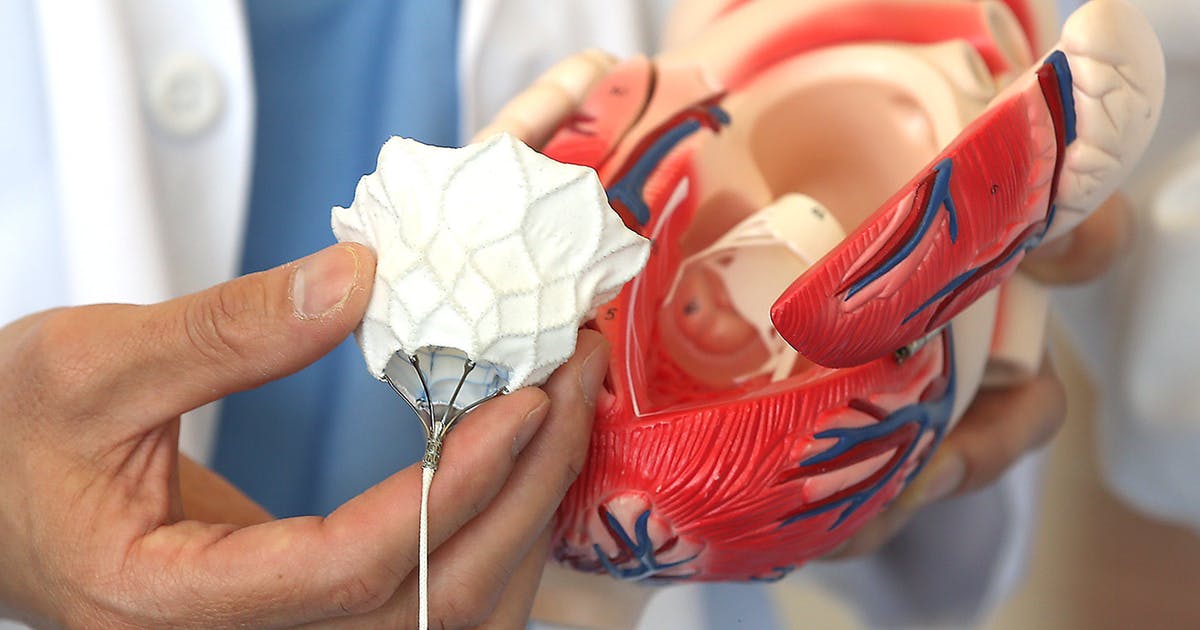Ways To Manage And Treat Heart Valve Disease
Heart valve problems are long-term or lifelong issues with the valves of the heart, and they may be present at birth or develop due to the natural aging process. The three major types of heart valve issues are atresia, regurgitation, and stenosis. Atresia refers to the complete absence of a particular heart valve, and regurgitation involves leaky valves that do not close properly. In stenosis, valves are hardened and cannot open properly to allow blood to pass through them. The heart has four valves: aortic, pulmonary, mitral, and tricuspid. Heart valve disorders can affect one or more valves. A diagnosis of heart valve disease begins with a medical history and a physical examination using a stethoscope. Extra tests such as electrocardiograms, echocardiograms, stress tests, MRI scans, and chest x-rays are needed for a complete diagnosis. Treatment is usually carried out by cardiologists. Cardiologists may recommend the lifestyle modifications and surgeries outlined below for their heart valve disease patients.
Heart Valve Repair

Heart valve repair is a surgical procedure that can be used to restore function in damaged valves, and doctors prefer to use this method instead of valve replacement if possible. Some types of heart valve disease cannot be treated with this surgery, but it is particularly effective for patients with regurgitation from the mitral or tricuspid valves. Some repairs can be done using minimally invasive approaches. For example, cardiac catheterization may be recommended in some cases, and an even less invasive procedure known as a balloon valvuloplasty may be appropriate for certain patients. Balloon valvuloplasty, also called balloon valvotomy, is generally most helpful for infants and children with stenosis. Patients are normally awake for catheterization and balloon procedures, and these operations require less recovery time than more invasive surgeries. However, patients may eventually need to have valve replacement operations.
Keep reading to learn more about treatment options.